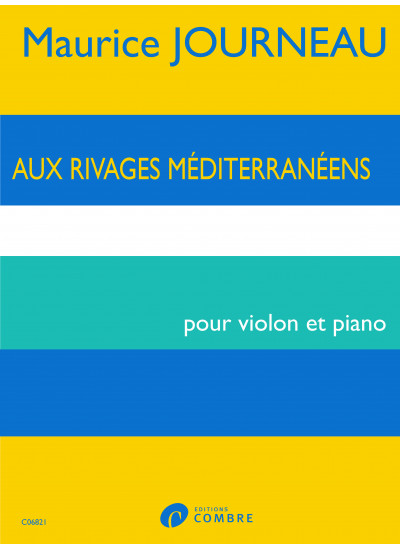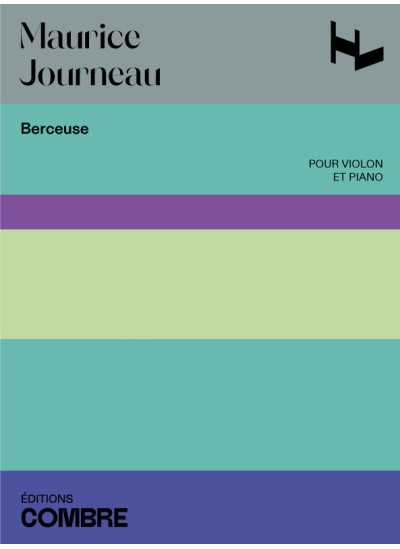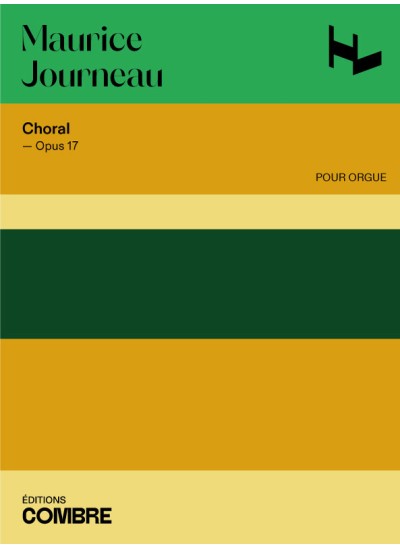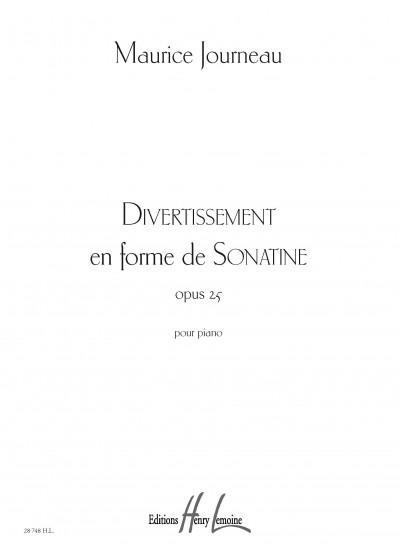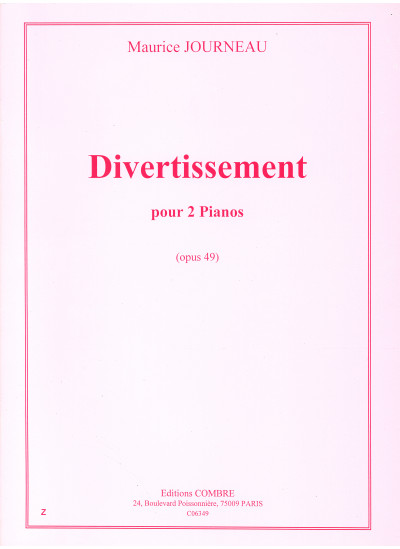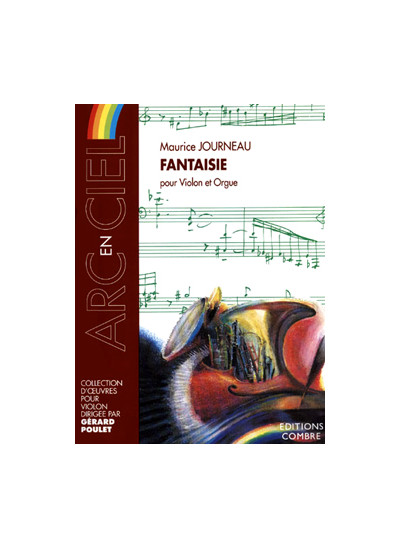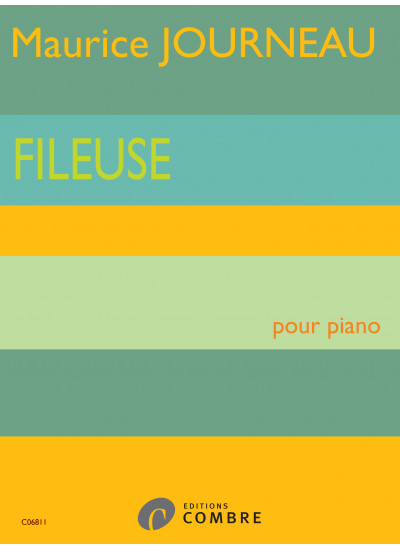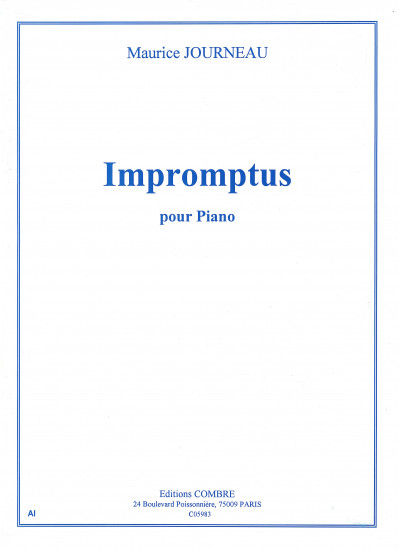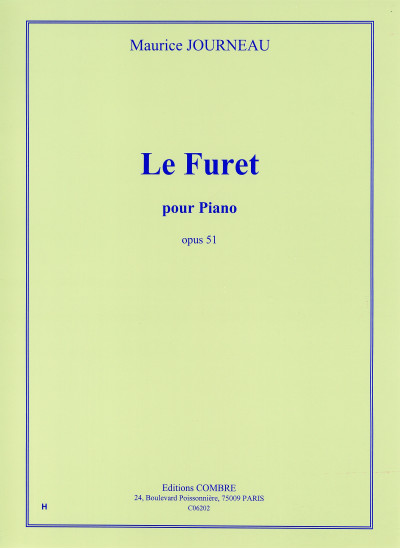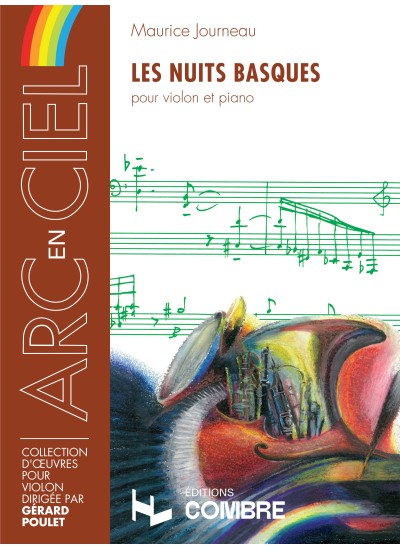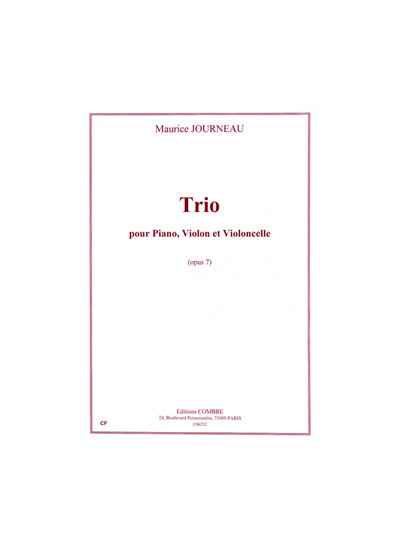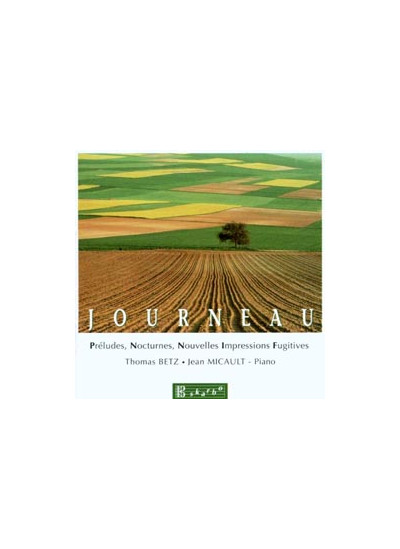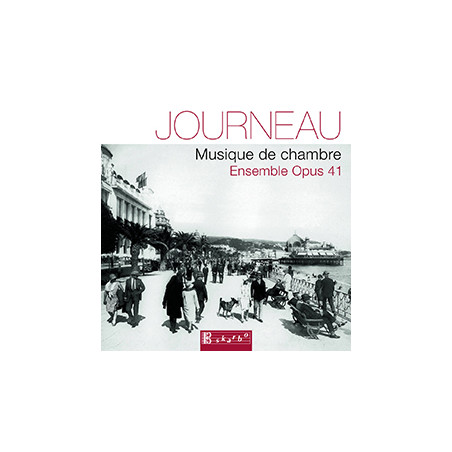
François Goïc (violin), Sylvie Dupont (violin), Nathalie Charmoy (cello), Sarah Quatrehomme (doublebass), Cécile Clouet (flute), Ghislain Faure (clarinet), Cathy Cousin (piano)
JOURNEAU Maurice : Petite suite pour cordes et piano Op.13 - Nuits basques Op.9 - Largo - Marine Op.23 - Trio pour piano, violon, violoncelle Op.7 - Sonatine n°2 pour piano Op.10 - 3 pièces brèves pour clarinette Op.69
Maurice Journeau (1898-1999) is, even to someone as pretentious as moi, a new name. Born in Biarritz, he studied with Max d'Ollone and Nadia Boulanger. He apparently lived as an independent composer, apart from any major French musical circles. In his 90s, musicians discovered his works and began to perform them-none too soon, if the examples here are typical. His work incorporates all the best traits of French music: clarity, wit, serious workmanship, and sound construction. Most of these works date from the 1920s and 30s - their language derives from Fauré.
In the Little Suite for strings and piano (1929) I is a strophic movement. It's tuneful, with some tang in the harmony. II, an elegy, has a broad, eloquent cello solo. III, a waltz, has a genial cabaret-like tune. His Largo is a sober, long-spanned melody worked up in skilled variations ably voiced for the ensemble.
Marine (1936) for violin and piano begins with a minor mode theme over a piano accompaniment using arpeggios. The accompaniment stays constant while the theme appears in various registers. Its refrain uses more rhetorical gestures from the piano, the violin now becoming more the accompaniment.
The Trio (1924) at 25 minutes is the longest work on the record. I is both lyrical and impassioned, with a somber edge. Its series of moods is well blended. II, marked slow and mild, has a tune for solo cello upon which the piano works colorful variants. The animated finale has a theme tonally from the 1920s, but with a rhythmic pulse more from the early 19th Century. A contrasting theme is slower and elegant. The conclusion, in detached fragments, has the enigmatic poetry of Schumann.
Piano Sonatine 2 (1925) is cheerful and melodic. Written for Journeau's younger sister, it's a simpler piece, but with no loss of content. The Three Short Pieces for clarinet (1984) have assertive, fanfare-like lines of unpretentious charm. Most of the works are in triple time, but there's no feeling of monotony. If Journeau wrote any symphonic music, I'd like to hear it.
Performances are excellent, readily communicating the sheer pleasure the composer must have had in making approachable, high-quality music. Sound is good, but the recording is at a high volume level. I recommend dialing it down a bit. There's a website for the composer at www.journeau.com
"2016 American Record Guide


